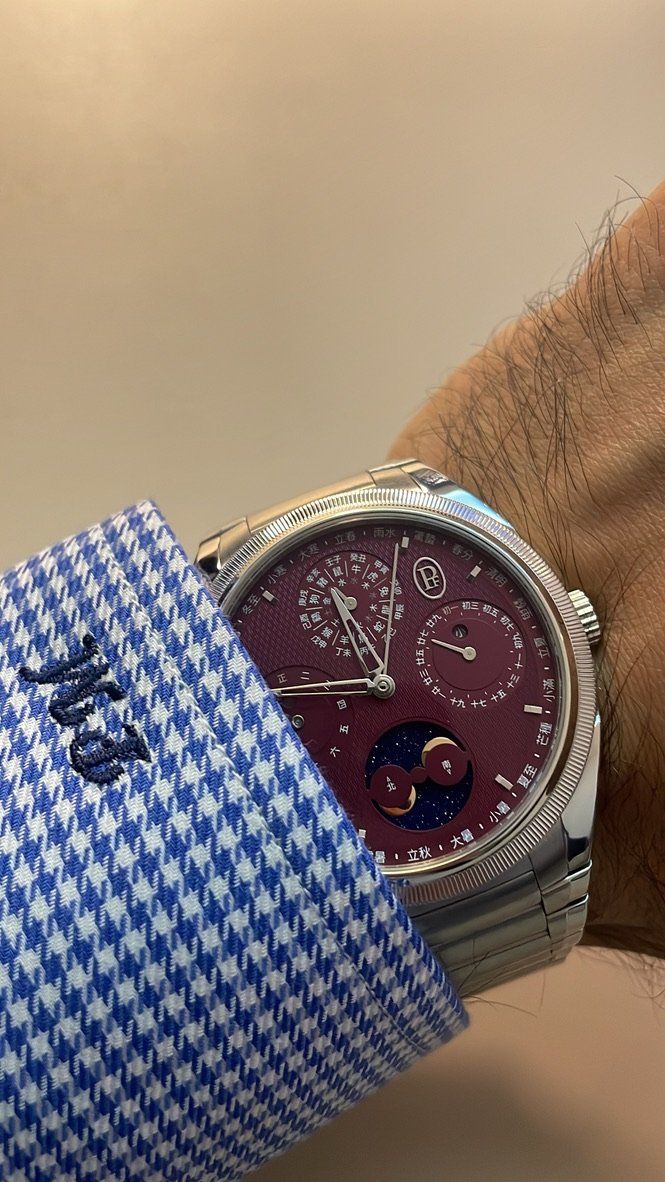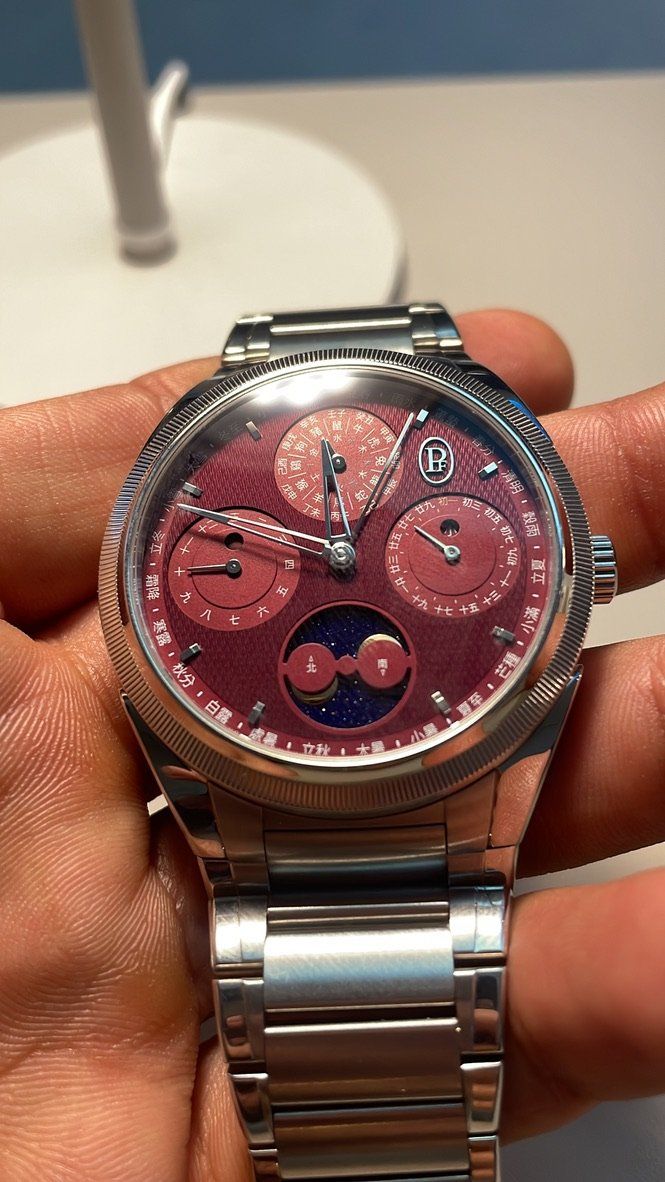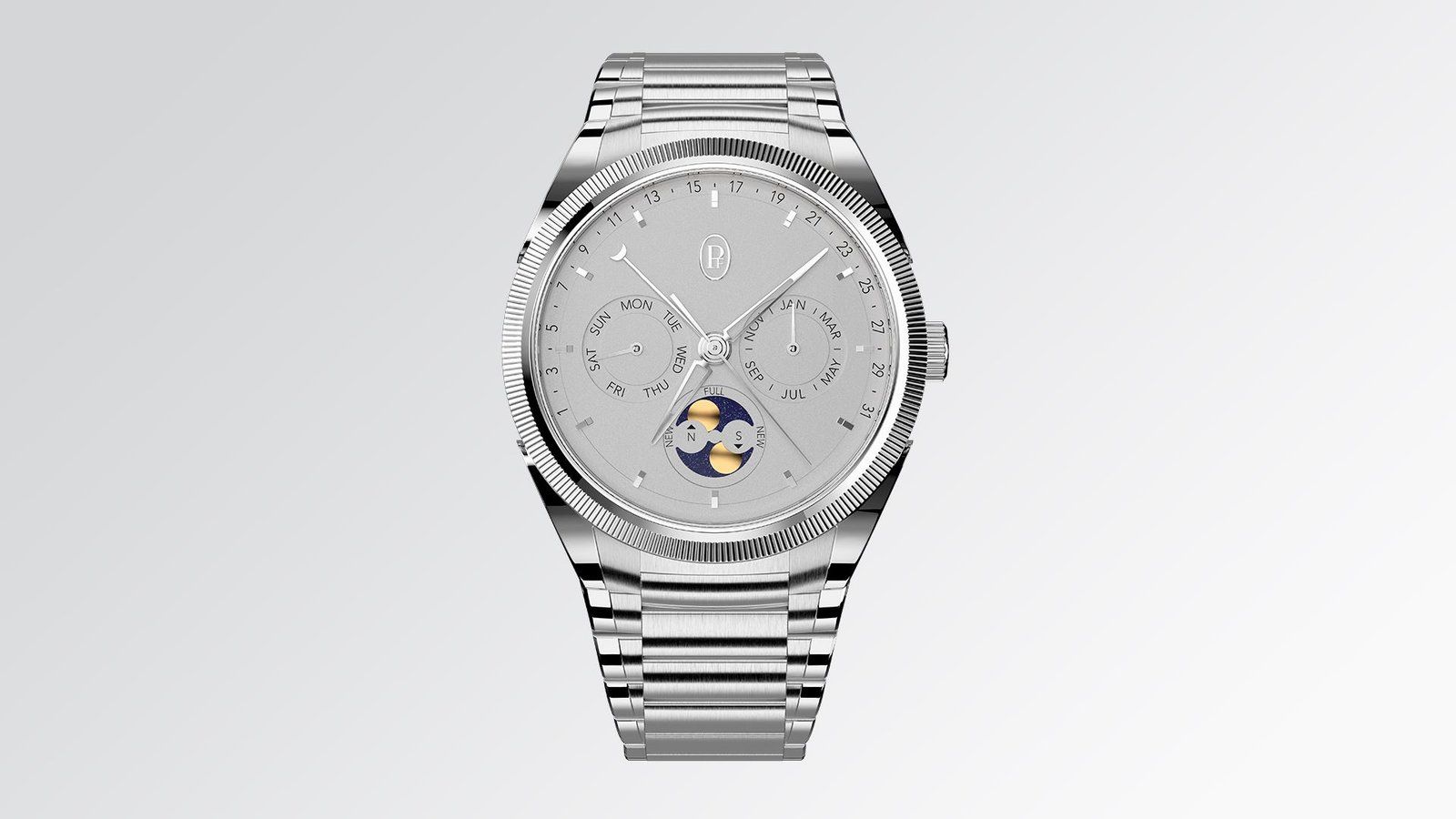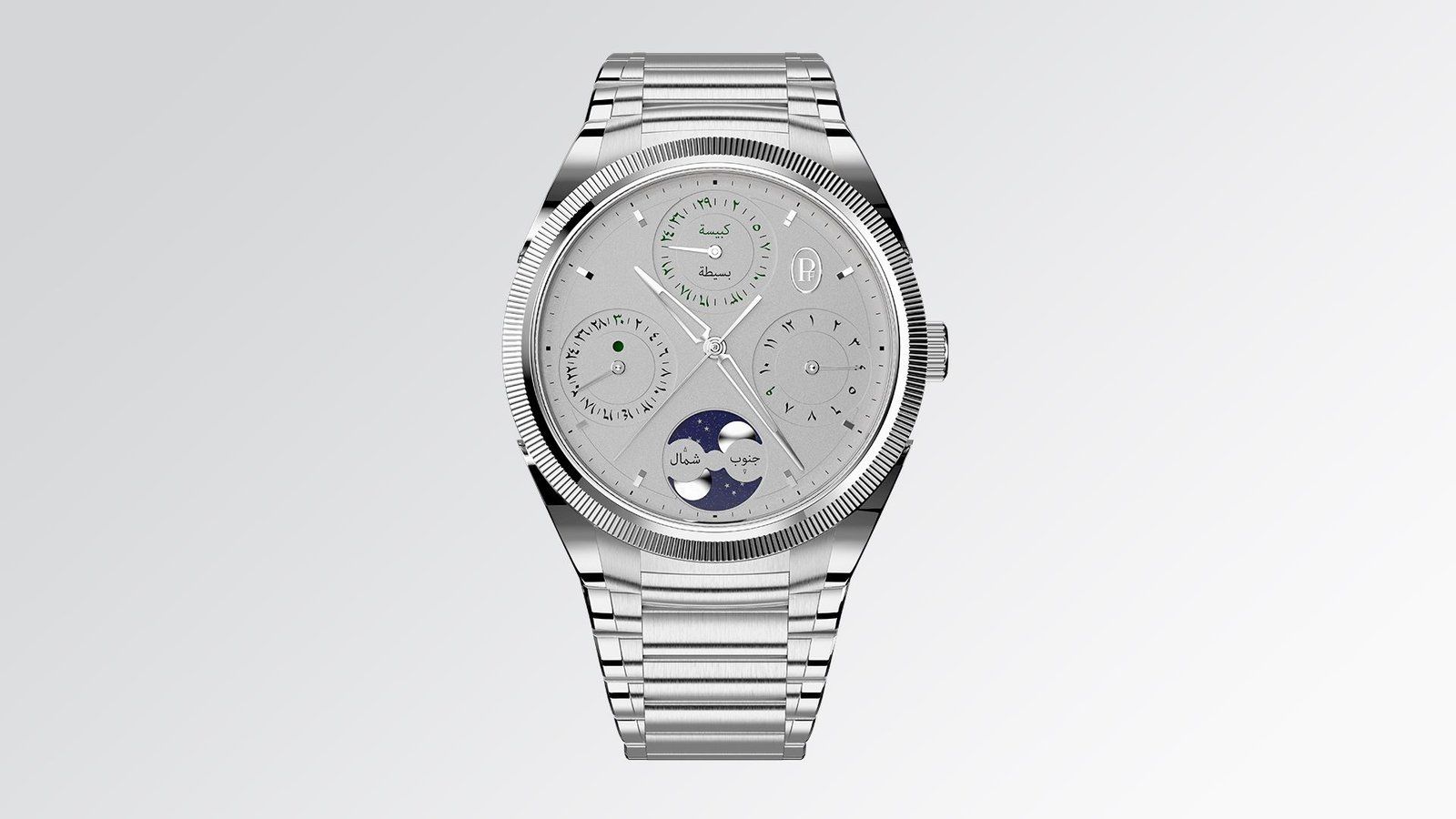Parmigiani Fluerier’s Exceptional Trilogy Of Limited-Edition Platinum Cultural Calendars
Parmigiani Fleurier showcases three timepieces with Gregorian, Islamic, and Chinese calendars at Watches And Wonders 2023. This extraordinary platinum trilogy is issued in a strictly limited edition of three box sets, and it reflects the brand's special place at the crossroads of culture, civilization, and fine watchmaking.
As a result, three lucky collectors will have the opportunity to experience a calendar trifecta unlike any other. In order to organise and impart a unique rhythm to social, religious, and agricultural life, humans throughout history have sought to control time, its flow, and its predictability. The calendar is a universal concept that allows us to place significance on specific moments in time. All cultures have made them in their own unique ways, responding to the movement of the Sun, Moon, or both.
Although time passes in the same manner for all societies, how that time is read and measured varies greatly. One of the most interesting aspects of a watch is the calendar it displays. They serve as reflections of cultures and societies, repositories of beliefs, and vehicles for the expression of ineffable phenomena like shifting shadows, changing seasons, and the monthly cycle of the moon. For the brand's founder Michel Parmigiani, "the calendar is an eminently fascinating watchmaking complication, as it really is the mirror of civilisations," this cultural phenomenon has always been a point of fascination.
Swiss watchmaking culture (including the art and craft of mechanical watchmaking and art mechanics) is recognised by UNESCO as part of the intangible cultural heritage of humanity, and Parmigiani Fleurier's calendar watches are a testament to this. They investigate the function of art mechanics as a gauge of cultural evolution.
TONDA PF GREGORIAN CALENDAR
The Retrograde Gregorian Calendar is delightful because it only requires an annual adjustment to a watch. Despite the fact that the date modifies itself automatically to account for months with 30 and 31 days, February is always counted as having 29 days. This necessitates the wearer of a TONDA Gregorian Calendar watch to remove it from their wrist once a year, or every three years at the end of February, in order to reconnect with its nuanced mechanism by setting the date manually. After that, for the next year, it will keep perfect time. This poetic complication—the retrograde date indication at 6 o'clock—never interferes with reading the moon phases. The day of the week and the month are displayed in two distinct windows, one at 9 o'clock and one at 3 o'clock, for maximum legibility.
THE PRECISE MOON PHASE
The date indications are complemented by the moon phase of the TONDA Gregorian Calendar. Since it only needs to be adjusted once every 122 years, we refer to it as a "precision moon." To achieve this remarkable precision, we must account for the deviation between the length of the actual lunar cycle (about 29 days and 12 hours) and the length of the classic lunar cycle (29 days, 12 hours, 44 minutes and 2.8 seconds). The TONDA Gregorian Calendar features two images of the Moon, one from the Northern hemisphere and one from the Southern hemisphere, to accommodate users in any part of the world. Against a sky of aventurine glass, which poetically conjures the glimmering of a star-filled galaxy, the moon subdial and moon lozenges in solid rose gold stand out.
TONDA PF XIALI CALENDAR
Intercalary months, also known as leap months, are added to the calendar according to strict rules and are given the same numerical designation as the month before it. The calculations are complicated, but they help Chinese people keep track of the seasons so that they can celebrate the New Year whenever spring finally arrives, which in our calendar is anywhere from 21 January to 19 February.
The lunar years in the Chinese calendar are given names rather than numbers, the opposite of the Gregorian calendar. The names of the years repeat on a sexagesimal (60-year) cycle, but the calendar itself, down to the days of the week and the months, is calculated using astronomical observations and thus is subject to natural variation. A Chinese perpetual calendar is therefore impossible to construct.
The most comprehensive representation of the Chinese calendar is provided by Parmigiani Fleurier's invention. The time units are numbered using a system that combines a duodecimal cycle with the twelve Earthly Branches and a decimal cycle with the ten Heavenly Stems. The ten Heavenly Stems are used to identify a wide variety of things, including cardinal directions, seasons, elements (water, wood, metal, fire, and earth), planets, and colours, flavours, and virtues. Each of the twelve Earthly Branches corresponds to one of the zodiacal signs; these animals designate the years in the sexagesimal cycle and have profound effects on the lives and personalities of those born in those years.
TONDA PF HIJRI PERPETUAL CALENDAR
This wristwatch has its roots in a 2011 table clock that was itself inspired by a pocket watch with an Arabic calendar that had been restored at the Manufacture. With this newfound knowledge, the brand was able to create a wristwatch that displays the Islamic Hijri calendar, a feat of miniaturisation that earned them the GPHG Innovation Prize at the 2020 Geneva Watch Show.
In the Islamic world, the calendar is calculated using lunar cycles. Muslim holidays are marked on the Islamic or Hijri lunar calendar, which features 12 months of either 29 or 30 days (depending on the phase of the moon). According to Islamic chronology, the first Muslim community was established in 622 CE, when the prophet Muhammad fled from Mecca to Medina (now in Saudi Arabia), an event known as the Hegira (meaning "flight").
ALL CIVILIZATIONS:
The TONDA PF Hijri Perpetual Calendar has been updated from its original design to adhere to the Maison's newest aesthetic codes. The sandblasted platinum dial features solid gold hour-markers, a logo, and hands, and the case and knurled bezel are both made of 950 platinum.
The Parmigiani Fleurier-developed and designed movement are unchanged in every material respect from the model that will receive the GPHG prize in 2020. The full calendar details include the hours, minutes, date, and year in Arabic numerals, as well as the names and lengths of the months written in Arabic calligraphy. At three in the afternoon, the clock changes to green to indicate the ninth month. Additionally, the Northern and Southern Hemisphere moon phases are shown simultaneously.
What a fantastic trilogy!
No articles found









